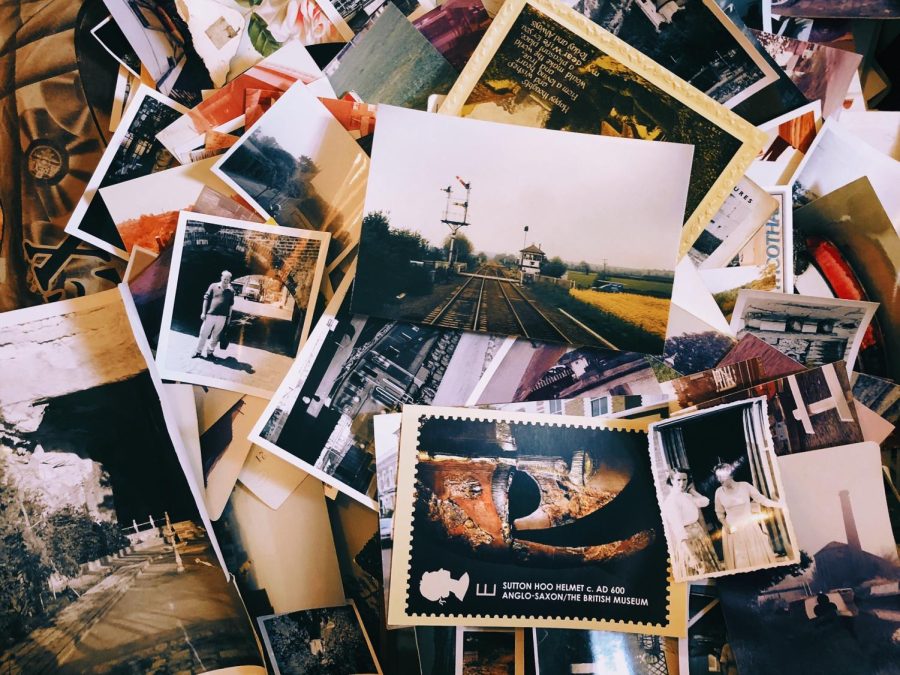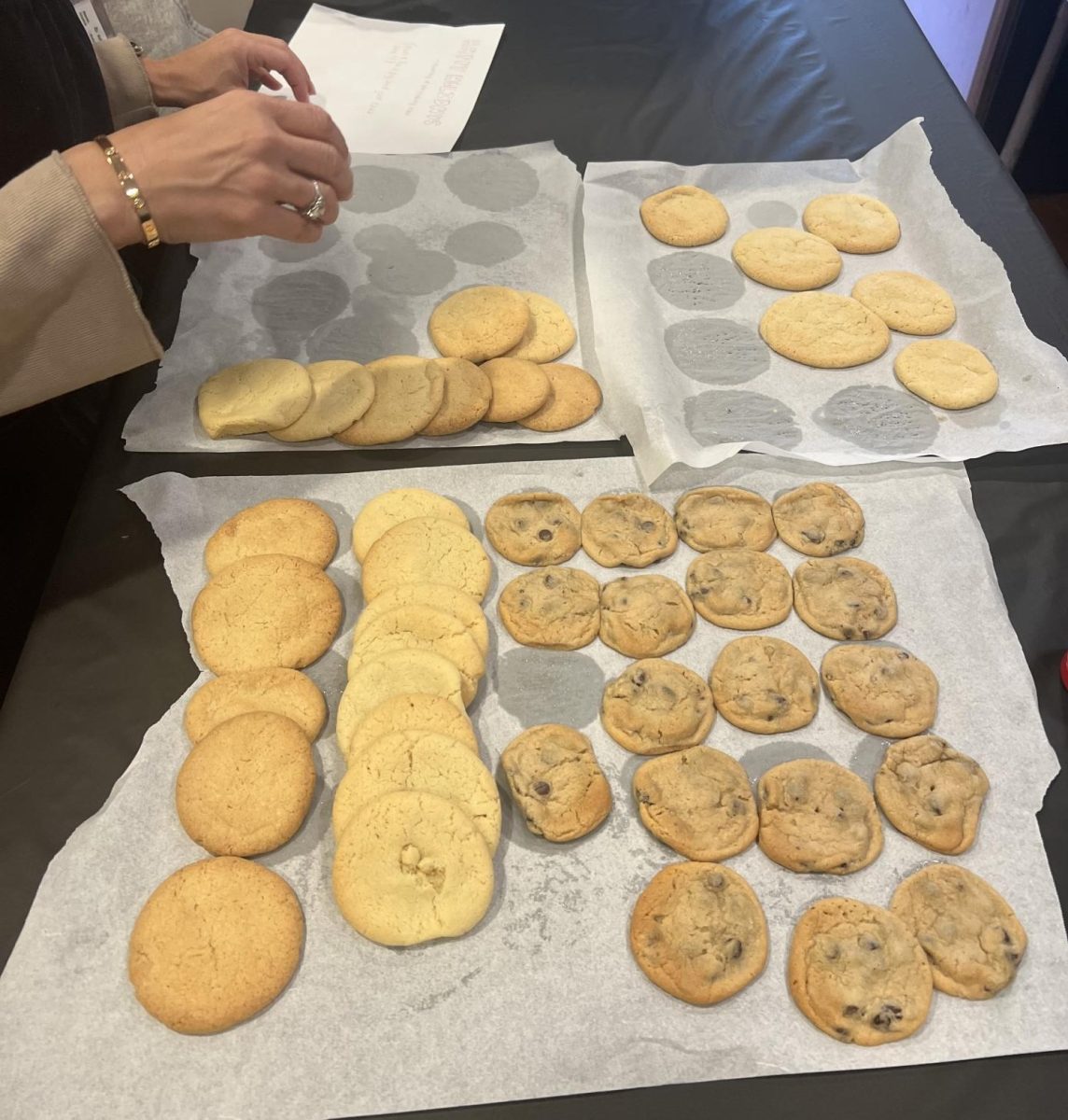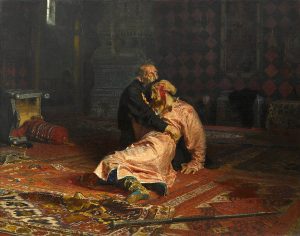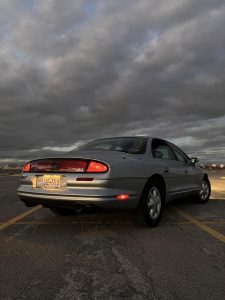Nostalgia May Reduce Our Perception of Pain, Study Shows
According to a new study, looking at photographs that bring back childhood memories reduces pain perception.
April 7, 2022
When you’re feeling achy or sore, instead of reaching for a pain reliever, reach for an old childhood photograph.
According to new research published in the journal JNeurosci, nostalgia – that sentimental feeling of longing for the past – can reduce pain perception. The nostalgic feelings appeared to reduce activity in pain-related areas of the brain as well as subjective ratings of thermal pain.
Researchers from the Chinese Academy of Sciences and Liaoning Normal University asked study participants to rate their level of pain from heat stimulation while looking at nostalgic images depicting old cartoons, childhood games, or retro candy, as opposed to more modern images. MRI machines were used to scan the 34 participants during the tasks.
Researchers discovered that viewing images that evoked childhood memories was associated with participants reporting lower levels of pain.
“By managing their discomfort, rather than eliminating or reducing the (unpleasant) stimuli, people can use nostalgia to reframe their painful experiences,” said Joe Yazhuo Kong, one of the study’s authors says.
Previous research has also shown that nostalgia has psychological and emotional benefits. One study published in the journal Frontiers in Psychology found that nostalgia triggered by a writing task reduced people suffering from chronic pain’s perception of pain intensity. According to Cathy Cox, an associate professor of psychology at Texas Christian University, further research found that people had increased pain tolerance after having nostalgic thoughts.
“It’s cool to find more and more research bridging the overlap between these psychological and emotional constructs that we’re studying, and these biological and behavioral responses,” said Cox, a psychologist who specializes in nostalgia. She had nothing to do with the study.

Given that using MRI scans for psychology research is both rare and expensive, according to Cox, little was known about the underlying biological mechanisms for those positive effects of nostalgia.
“During this process of nostalgia-induced pain relief, the thalamus plays a crucial role,” Kong says.
The thalamus, also known as the brain’s relay station, is in charge of relaying sensory and motor signals to the cerebral cortex. The new study found that the thalamus integrates “nostalgia information” and triggers a more controlled pain response. Viewing nostalgic photos also reduced activity in two pain-related brain areas.
And it’s not just old photos that can elicit positive feelings of nostalgia; music, movies, and certain stories can also do so. So can odors, such as perfume, or the taste of certain foods, such as childhood candy or cookies that bring back memories.
All of these nostalgia triggers could be useful in the future for providing people with low-cost, easily accessible pain management tools.

Cox and Julie Swets, a doctoral student at Texas Christian University, are also conducting research on how nostalgia can be used to manage conflict in romantic relationships and increase partner satisfaction.
Swets, however, cautioned that using nostalgia for pain relief may not be a one-size-fits-all solution. Previous research has shown that nostalgia is a subjective emotional experience that varies in frequency and intensity.
“What nostalgia is is this feeling of connectedness with other people,” Swets explained, noting that many studies’ cues are designed to evoke memories of happy times spent with family and friends. “So, people who are a little more avoidant of intimacy with other people, or more likely to prefer distance over close relationships … those people don’t reap the same benefits of nostalgia.”
The effects of positive psychology interventions, such as practicing mindfulness or gratitude, can vary depending on the individual.
The researchers involved in the new JNeurosci study also intend to conduct future research with different age groups and to investigate the effects of more personal nostalgic cues rather than generic nostalgia cues such as old music and movies.
“We expect a much stronger pain-relieving effect if participants observe personal scenarios, whatever visual or nonvisual cues,” Kong says.
Sources:
Kent, Lauren Cnn. “Nostalgia Can Reduce Perception of Pain, Study Shows.” CNN, 28 Mar. 2022, edition.cnn.com/2022/03/28/health/nostalgia-pain-relief-study-wellness/index.html.
“Study Shows Pain Perception Can Be Reduced By Nostalgia.” Kaiser Health News, 28 Mar. 2022, khn.org/morning-breakout/study-shows-pain-perception-can-be-reduced-by-nostalgia.
Team, Fox Digital. “Nostalgia May Help Reduce Our Perception of Pain, Study Shows.” FOX 29 News Philadelphia, 30 Mar. 2022, www.fox29.com/news/nostalgia-may-help-reduce-our-perception-of-pain-study-shows.











